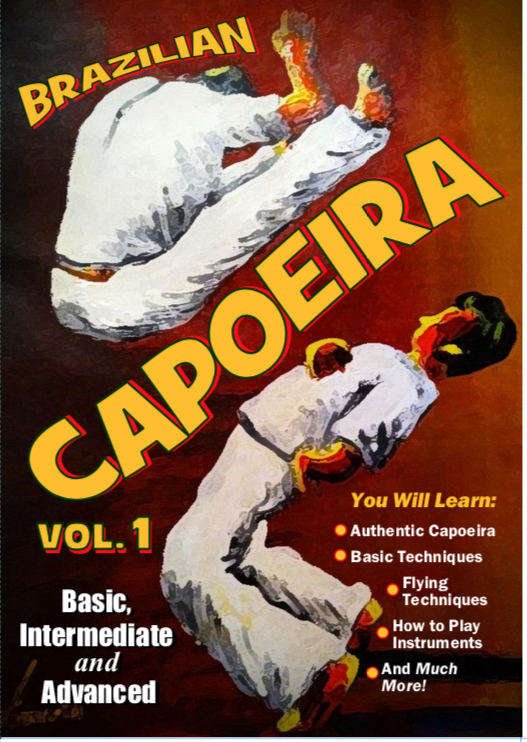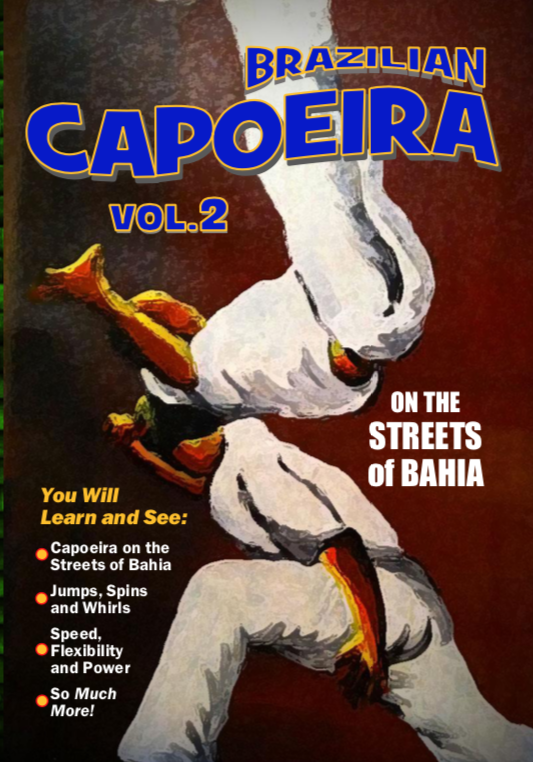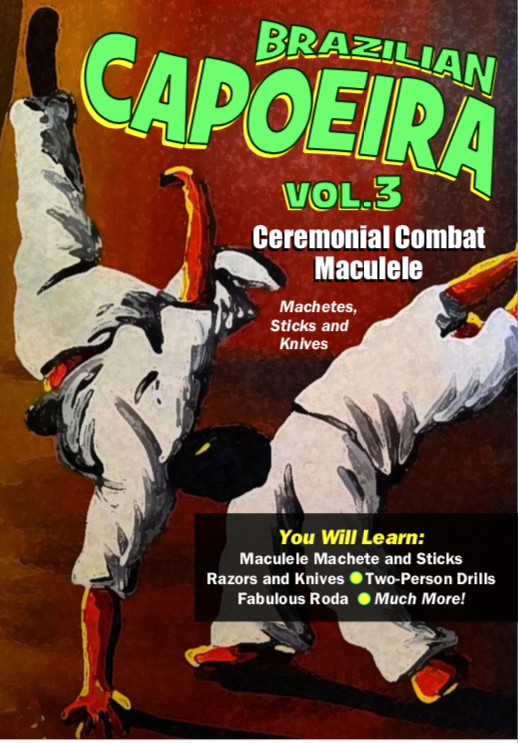“ Capoeria Regional Founder” Mestre Bimba

Mestre Bimba 1899 – 1974
“ Capoeira Regional Founder”
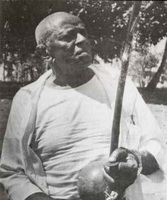
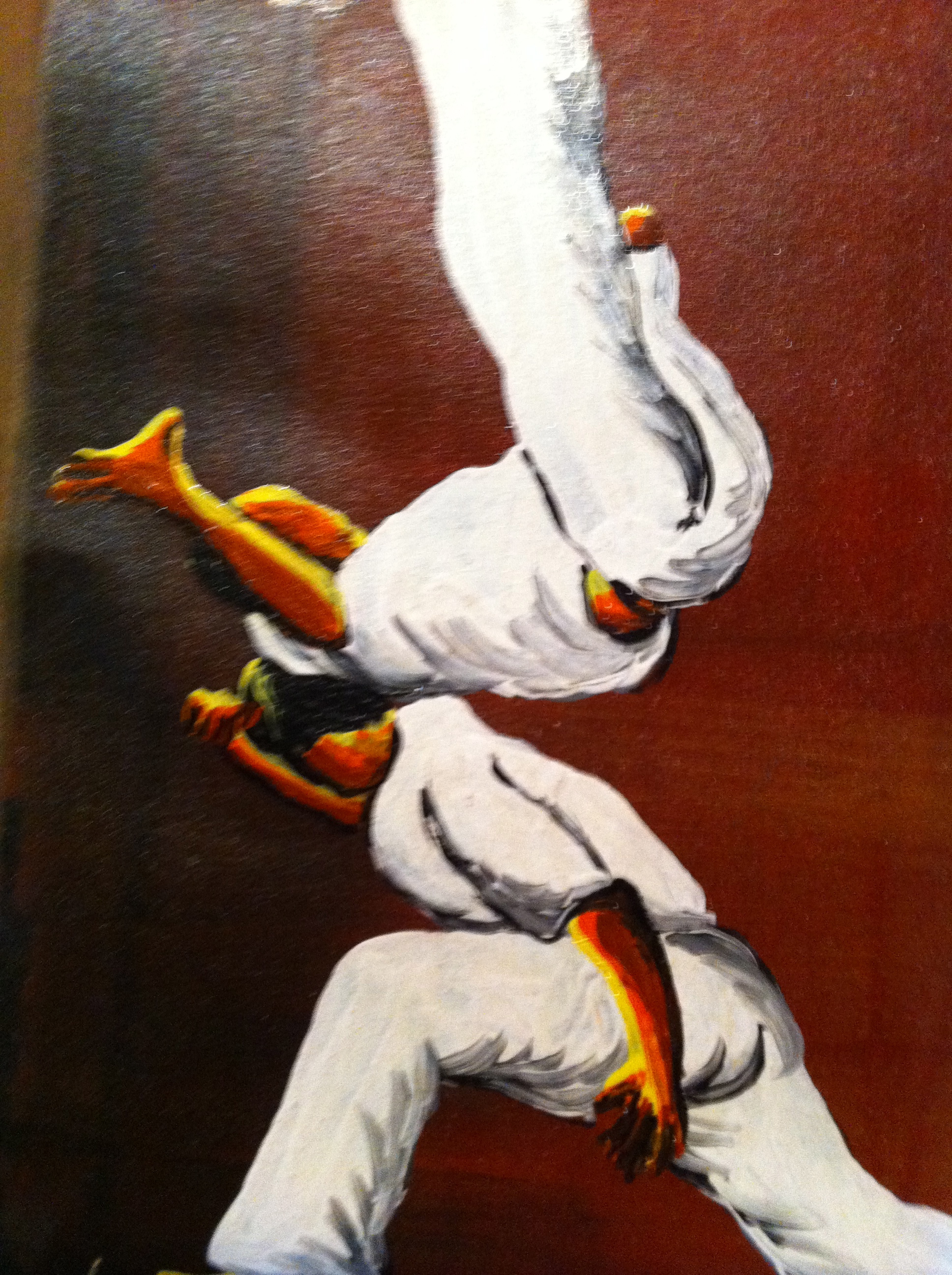 Mestre Bimba was a master
practitioner of the Afro-Brazilianmartial art of "capoeira". He created capoeira
regional, was a teacher of capoeira, a musician, and educator. He taught from 1918 to 1974. He was also a coal miner, carpenter,
warehouse man, longshoreman, but mainly a capoeirista.
Mestre Bimba was a master
practitioner of the Afro-Brazilianmartial art of "capoeira". He created capoeira
regional, was a teacher of capoeira, a musician, and educator. He taught from 1918 to 1974. He was also a coal miner, carpenter,
warehouse man, longshoreman, but mainly a capoeirista.
Born in Salvador, Bahia, Brazil,
under the name of Manuel dos Reis Machado, Mestre Bimba, as he was commonly
called, started learning capoeira at the age of 12, under a Navigation Captain
from Estrada das Boiadas in Salvador called Bentinho. In those days capoeira was still being
persecuted by the authorities. At 18,
Bimba felt capoeira had lost its efficacy as a martial art and an instrument of
resistance, and was reduced to a folkloric activity. He began restoring
movements from the old capoeira. He added
movements from an extinct African fighting style called Batuque – a type of
martial art learned from his father, a known champion. He added 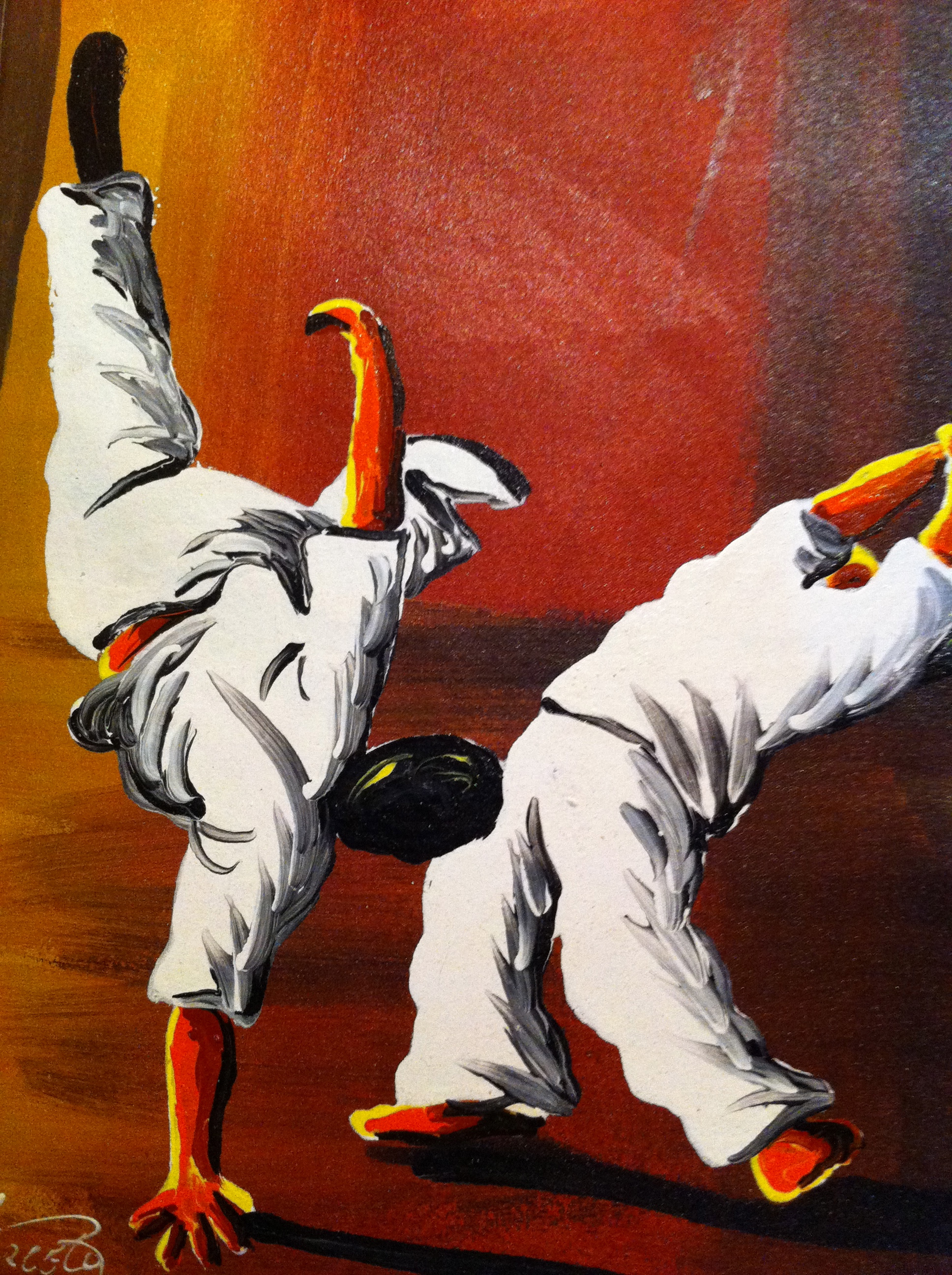 movements created by himself. Bimba was the first to develop a method of
teaching to help facilitate learning.
Until then, capoeira was only learned by watching and participating in
the roda. Thus began the development of capoeira regional.
movements created by himself. Bimba was the first to develop a method of
teaching to help facilitate learning.
Until then, capoeira was only learned by watching and participating in
the roda. Thus began the development of capoeira regional.
In 1928, a new chapter in the history of capoeira began, signaling a change in the way black people of African descent were looked upon by Brazilian society. After a performance at the palace of Bahia's Governor, Juracy Magalhães, Bimba convinced authorities of the cultural value of capoeira thus in the 1930s ending its official ban, in effect since 1890.
Prior to founding his first capoeira
school in 1932 at the Academia-escola de Cultura Regional, Salvador, Bahia capoeira
was practiced and played on the streets, and was heavily discriminated against
by upper-class Brazil society. In order to change the reputation of capoeira
and its practitioners as devious, stealthy and malicious, Bimba set new
standards: his students must wear a
clean, white uniform, show proof of school 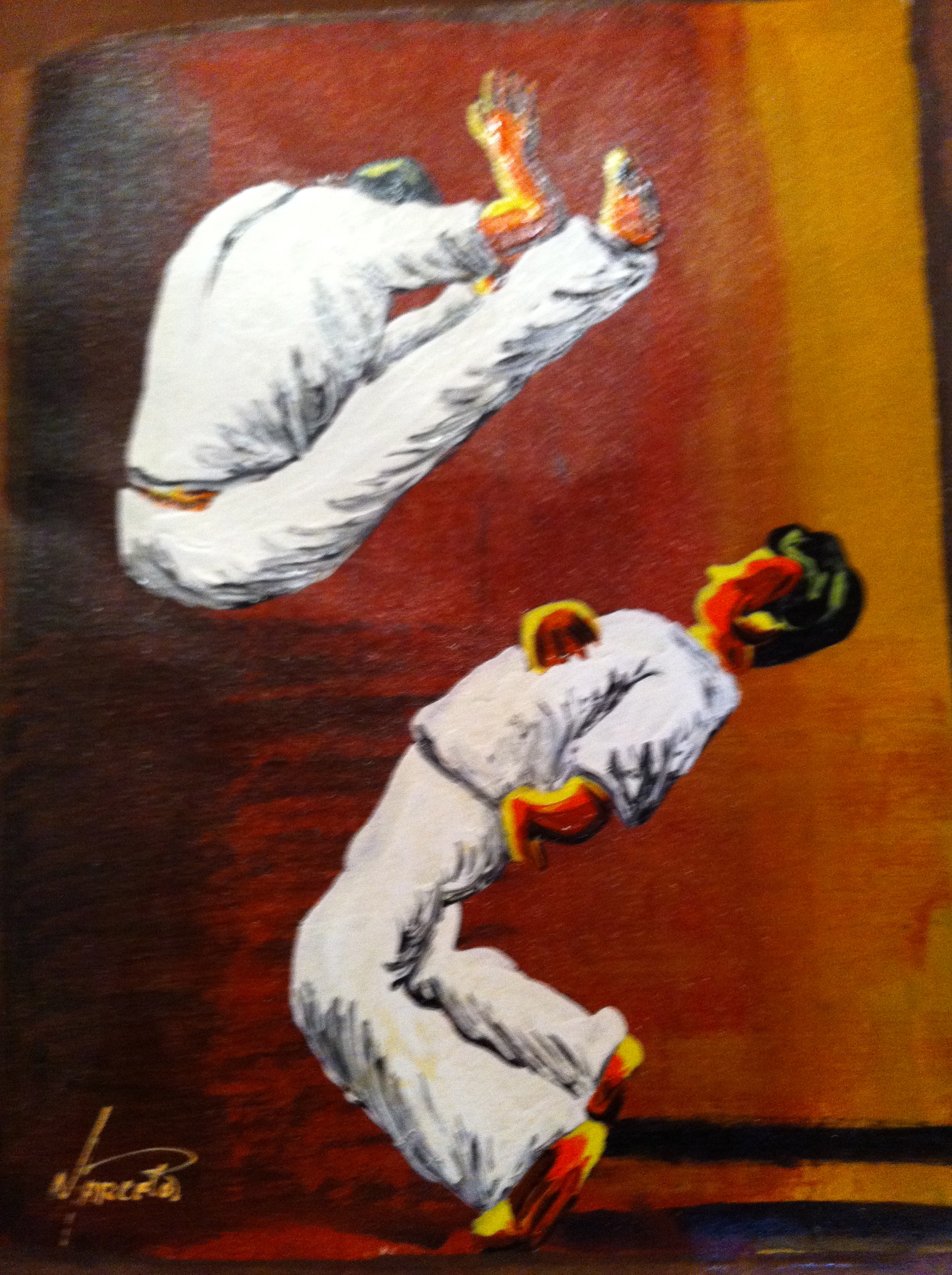 proficiency, exercise discipline,
show good posture and many other standards. As a result, doctors, lawyers,
politicians, upper-middle-class people, and women (until then excluded) joined
his school, providing legitimacy and support.
Bimba strongly believed capoeira had an extraordinary value as a
self-defense martial art. His teaching
method focused on commandments, principles and traditions, which remain part of
the capoeira regional. He admonished
students to stay close to the opponent, the closer the better. He established principles as the basis for
his teaching method, such as: keep oneself
in constant movement when fighting; dodge away from an opponent’s attack; ensure
all movements have purpose; preserve a constant fixed position on the ground;
in practice the stronger player protects the weaker; the use of traditional
music and rhythm to define movements. In
genuine self-defense, capoeira uses many sweeps and low moves. As a game, capoeira features acrobatics, full
cartwheels, dance and music performances.
proficiency, exercise discipline,
show good posture and many other standards. As a result, doctors, lawyers,
politicians, upper-middle-class people, and women (until then excluded) joined
his school, providing legitimacy and support.
Bimba strongly believed capoeira had an extraordinary value as a
self-defense martial art. His teaching
method focused on commandments, principles and traditions, which remain part of
the capoeira regional. He admonished
students to stay close to the opponent, the closer the better. He established principles as the basis for
his teaching method, such as: keep oneself
in constant movement when fighting; dodge away from an opponent’s attack; ensure
all movements have purpose; preserve a constant fixed position on the ground;
in practice the stronger player protects the weaker; the use of traditional
music and rhythm to define movements. In
genuine self-defense, capoeira uses many sweeps and low moves. As a game, capoeira features acrobatics, full
cartwheels, dance and music performances.
In 1936, Bimbo challenged fighters of any martial art style to test his regional style. He had four matches and won all.
On June 9, 1937, he earned the state board of
education certificate and registered his 1st Capoieira center. A second school opened in 1942, on Rua das
Laranjetras. In July, 1953, Bimba
demonstrated capoeira to then Brazilian president, Getulio Dornele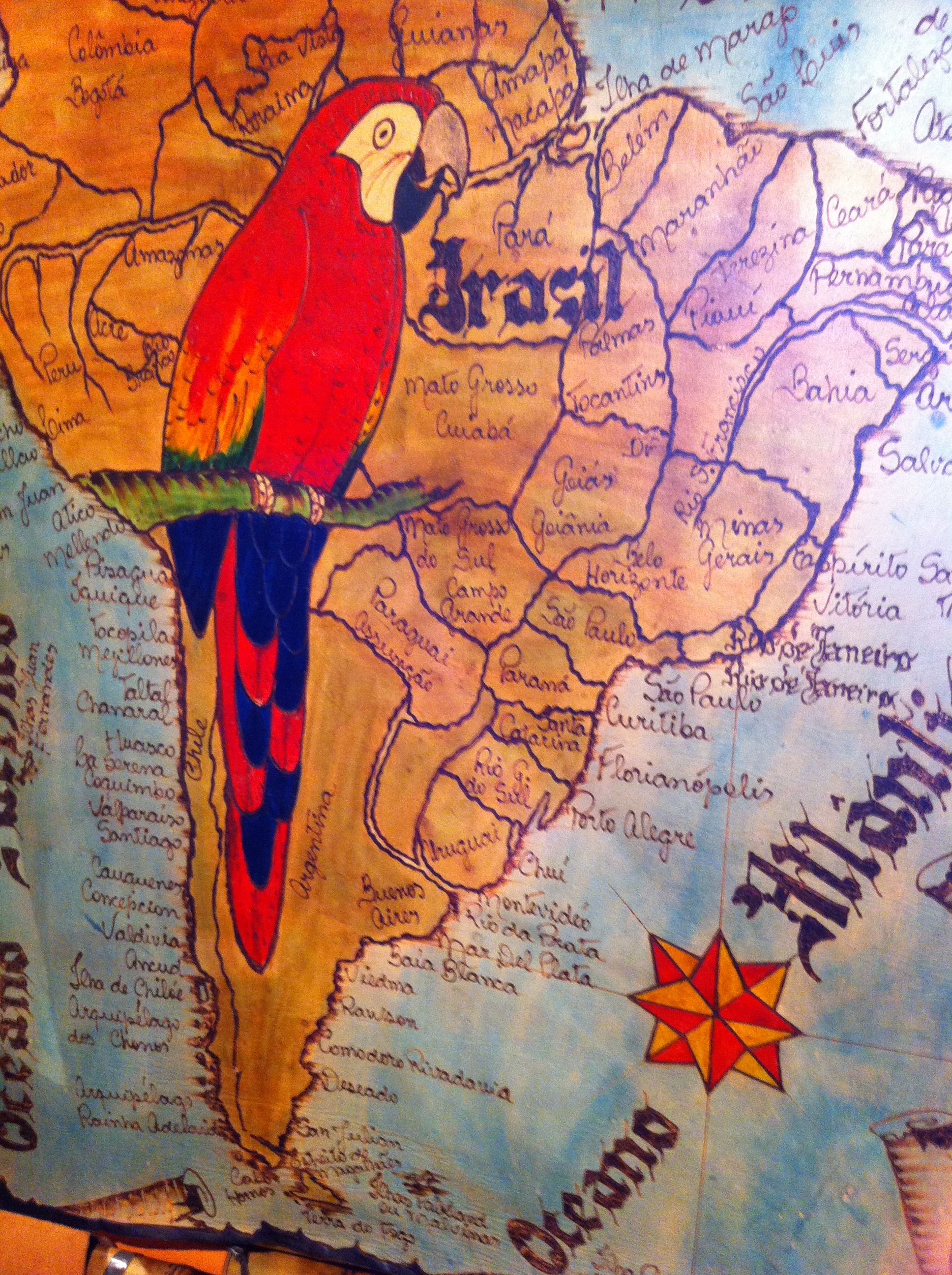 s Vargas, who
stated “ Capoeira is the only sport which is truly Brazilian”. Many important members of Brazilian society
became students of Bimba.
s Vargas, who
stated “ Capoeira is the only sport which is truly Brazilian”. Many important members of Brazilian society
became students of Bimba.
Unhappy with lack of support from local authorities, he moved to Goiania in 1973 where he died in 1974. Mestre Bimba fought for what he strongly believed was best for capoeira, and succeeded. Son Nenel, took over the legacy. He is President of Filhose de Bimba School of Capoeira.

